Cleaning the Impossible
Experts share their secrets for the best way to remove caked-on, decades-old dirt from the bathroom to the garage.
By Lynn Andriani
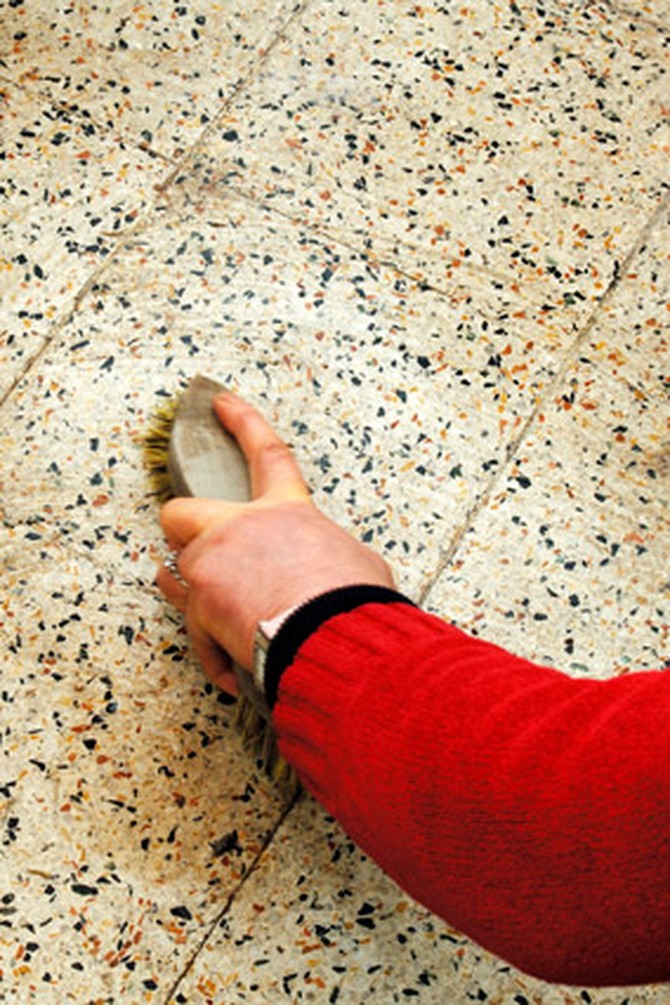
Photo: Thinkstock
Dirty Linoleum Floors
Getting a '50s-era kitchen floor that's taken on a jaundiced hue back to its original, sparkling glory requires strong cleaners and elbow grease. You want to avoid hot water and alkaline-based cleaners, since they'll eventually turn the surface yellow (and they're probably the reason your floor looks the way it does). Instead, mix chlorine bleach with water (follow the instructions on the bottle of bleach for the correct ratio) and apply it with a wet mop, letting it sit for 30 to 45 minutes. Then, get down on your hands on knees and start scrubbing. Donna Smallin, author of The One-Minute Cleaner, says that "nothing beats a bucket of cleaning solution and a brush" to brighten a dingy floor. Rinse with cool water and then mop with a mixture of one cup of white vinegar per gallon of water to neutralize the bleach.
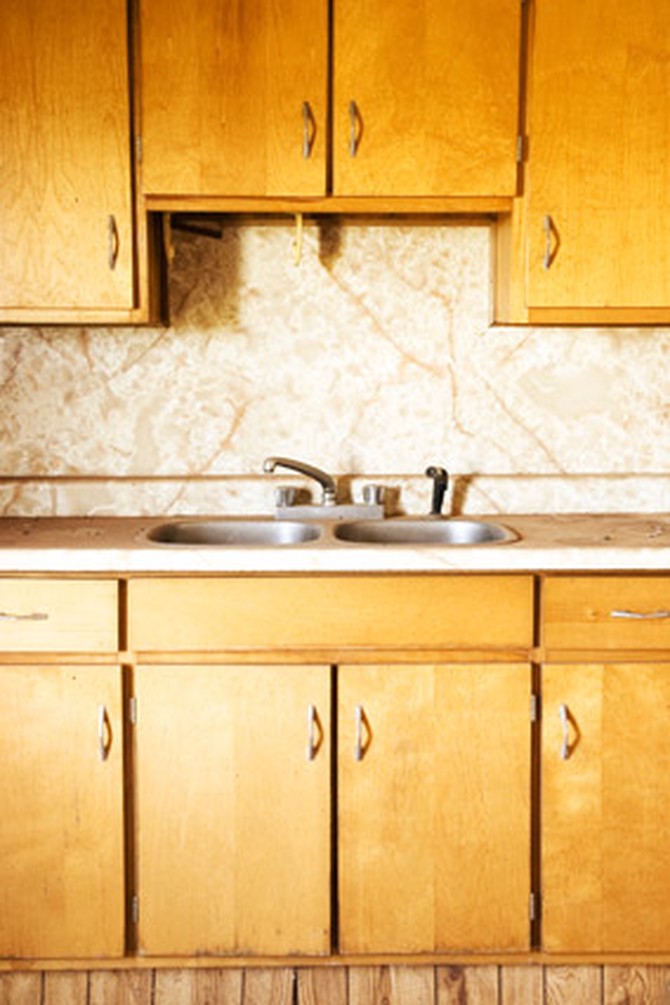
Photo: Thinkstock
Sticky Kitchen Cabinets
If it seems like no amount of kitchen cleaner will remove the grime from years of frying chicken or meatballs, try using Murphy's Oil Soap. John Thomas, a wood refinisher in New York who has worked on countless old and dirty cabinets, likes it because it's gentle. He mixes it in equal parts with water and a dash of paint thinner until the mixture looks milky white. Wearing rubber gloves, he rubs the solution over the wood with a soft cloth (don't use anything abrasive or you might damage the finish, Thomas says). Then, he wipes it off with clean, dry paper towels.

Photo: Thinkstock
Stained Carpets
Even dark liquids like red wine or Kool-Aid can be removed from white upholstered furniture or carpeting. Although most of us know it's a lot easier to lift a stain if you get to it right away, for spots that have been on your carpet since the Reagan administration, follow this advice from Steve Mulloy, director of housekeeping at Hilton Orlando Bonnet Creek. Apply a red-dye remover like Carbona Stain Devils #8 to a clean towel, lay it over the stain and then press a warm iron over it. The heat will transfer the stain onto the cloth.
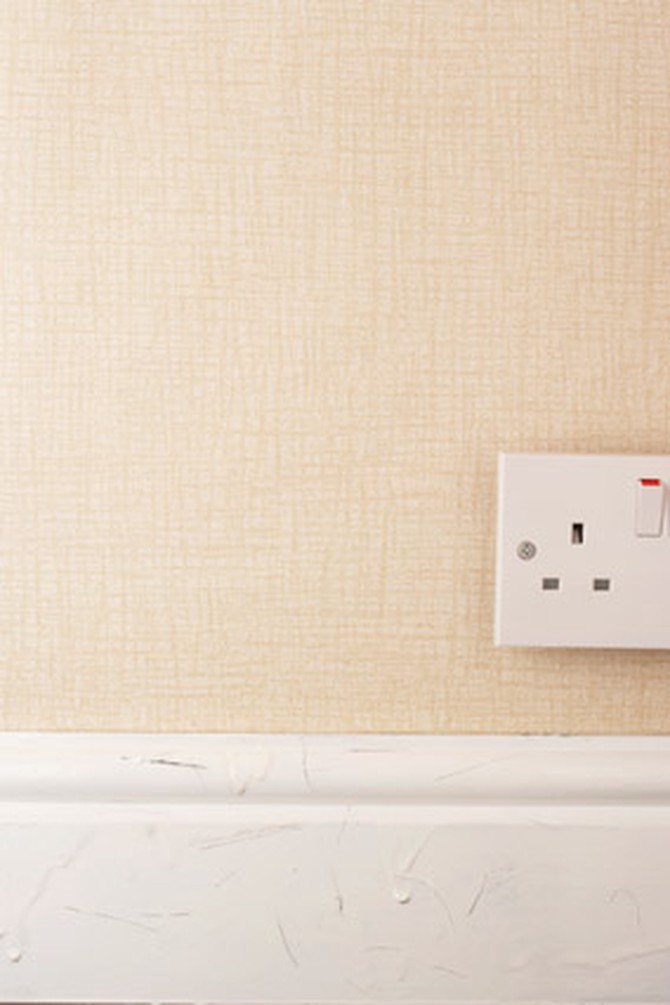
Photo: Thinkstock
Dingy Baseboards
The trim covering the bottom of your walls where they meet the floor seems to attract dirt and scuffs like a magnet. Becky Rapinchuk, who writes the blog Clean Mama, knows how to make them gleam. First, she vacuums them using the brush attachment. Then, she scrubs them from top to bottom using a microfiber rag dipped in warm, soapy water and wrung almost dry. She follows up with a dry cloth to make sure she didn't leave any water on the wood. If your baseboards are white, Rapinchuk suggests keeping a jar of matching paint and a small paintbrush handy so you can touch up scrapes and dings as you are cleaning. One final tip: Run a dryer sheet along the clean, dried baseboards to repel future dirt.
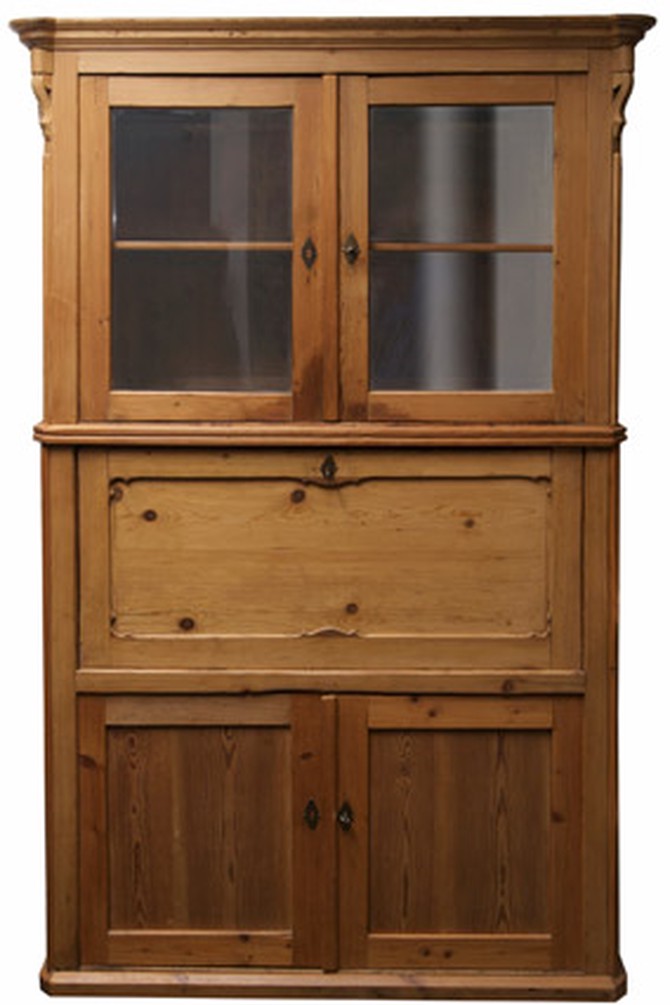
Photo: Thinkstock
Musty Cabinets and Drawers
Jeanne Marie Olson, who owns an old house and blogs with her husband about their adventures fixing it up at House in Progress, couldn't get rid of what she calls the "hundred-year-old mustiness" that seemed to cling to the insides of cabinets and drawers—until she tried vodka. "Obviously, don't use the expensive stuff for this," she says, but the alcohol effectively removes the mold and mildew that cause musty smells (and she promises it won't make your cabinets or drawers smell like the inside of a dive bar). Fill a spray bottle with inexpensive vodka and spray it onto the surface; then wipe it dry.
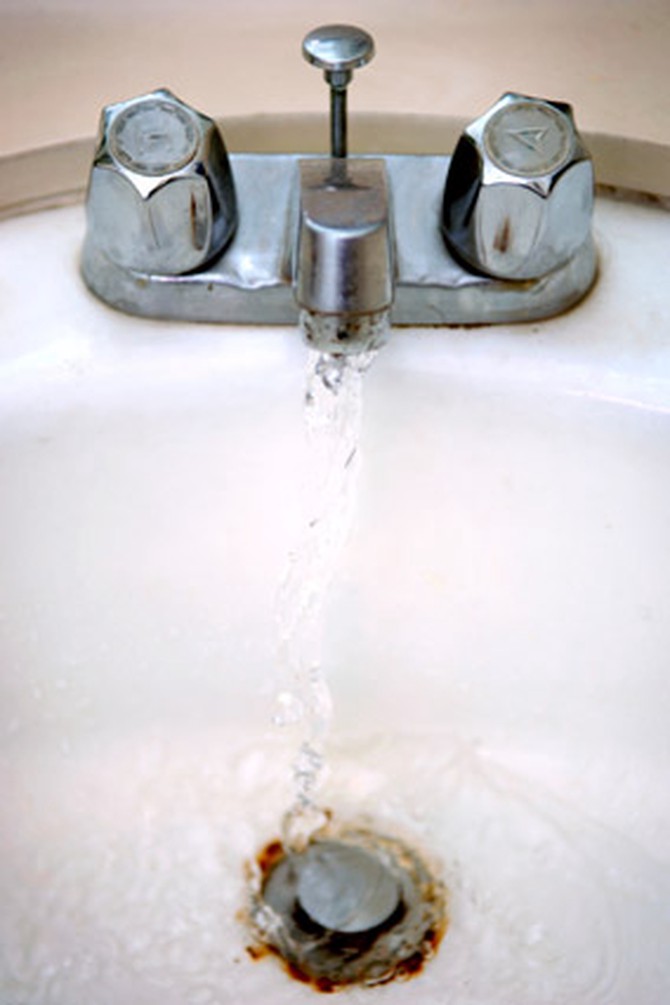
Photo: Thinkstock
Stains on Porcelain
If your pipes carry hard water (which contains minerals such as limestone, calcium and magnesium), it may leave a thin film of white powder or an orange rust stain on the surface of sinks or tubs. Smallin's fix is to buy a pumice stick from a hardware store. Wet the surface of the sink and the stick. Then, gently scrub away the stain. Be careful not to scrub too hard to avoid scratching the porcelain. A paste will develop, which will help clean and polish the porcelain. Once the stain is gone, rinse the basin clean.
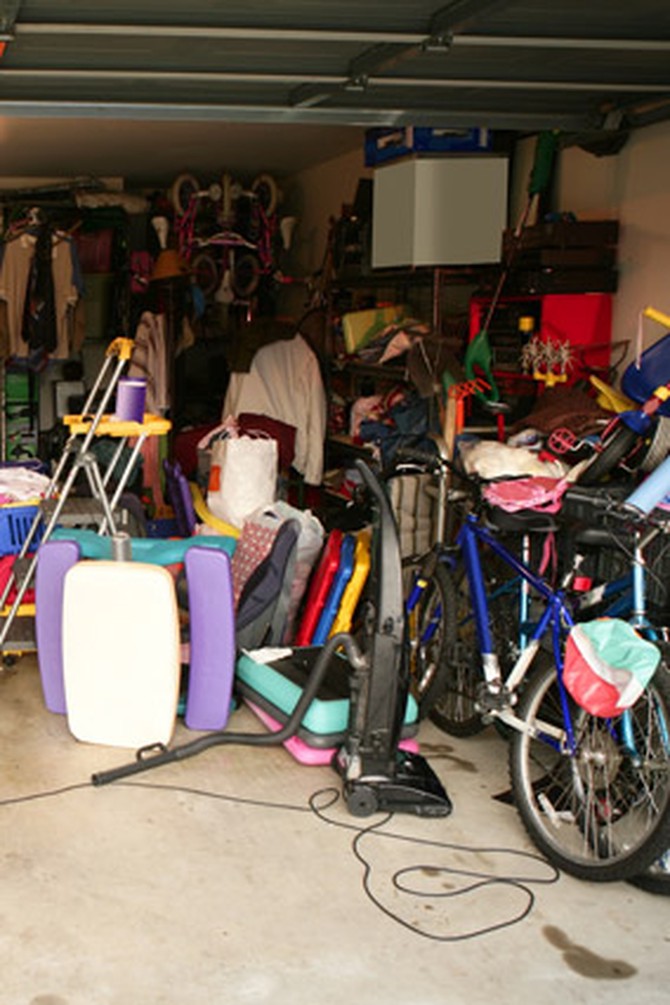
Photo: Thinkstock
Grease Stains on the Floor of Your Garage
We have yet to see a garage that's free of grease stains, whether from cars or lawn mowers. And while covering the mark with kitty litter, letting it stand overnight and sweeping it away the next day will eliminate most fresh spots, older stains require a bit more work—but probably not any special products. Smallin uses liquid dishwashing detergent, a bucket of hot water, a nylon scrub brush and an old towel. First, she wets the grease mark and the area around it. She squirts detergent on the stain, wets the brush with water and scrubs the detergent into a lather. Then, she wets the towel and uses it to wipe up the detergent. You may have to repeat this process, allowing the detergent to sit for 30 minutes for really tough stains. Smallin says you can use stronger cleaning products, such as trisodium phosphate (TSP), but it's best to start with the mildest cleaning solution.
Keep Reading
There's a wrong way to dust?
Keep Reading
There's a wrong way to dust?
Published 02/02/2012

